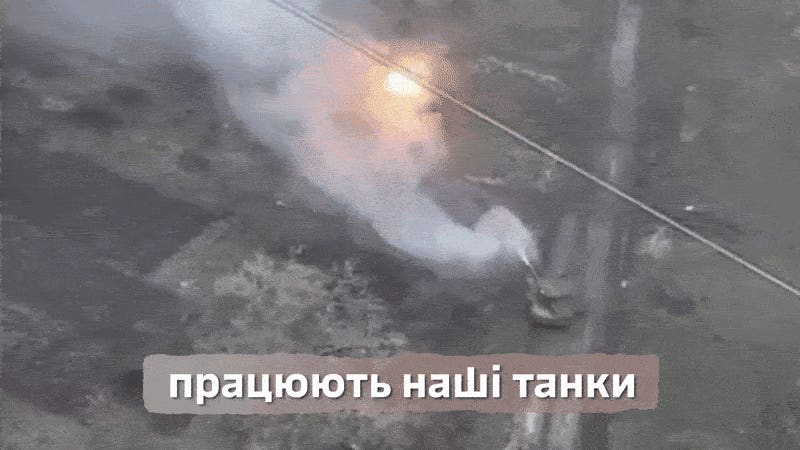The frozen battlefields around the small village of Makhnovka in western Russia’s Kursk Oblast have become a grim testament to the escalating conflict between Russia and Ukraine. Reports indicate a potentially devastating loss for the Russian side, with estimates suggesting up to 400 Russian and North Korean troops may have perished in a single, failed attempt to seize the village. This staggering figure, if confirmed, underscores the brutal nature of the fighting in this strategically important region and raises questions about the effectiveness and sustainability of Russia’s military strategy.
Makhnovka, situated in the contested no-man’s-land carved out by Ukrainian forces during their August offensive, has become a focal point of intense fighting. The village lies on the eastern edge of a salient, a bulge in the front line that protrudes into Russian-held territory. This precarious position makes it a prime target for both sides, as control of the salient offers tactical advantages and influences the broader dynamics of the conflict in the region. The recent clashes around Makhnovka, documented through various videos circulating on social media, portray a chaotic scene of Russian and North Korean troops advancing into the village only to be met by a barrage of Ukrainian fire from infantry, tanks, and drones. These visuals, coupled with casualty estimates from open-source intelligence analysts, paint a stark picture of the high cost of the ongoing struggle for control of this strategically significant area.
The reported losses near Makhnovka follow another costly engagement for North Korean troops in the nearby village of Plekhove just weeks prior. In that instance, over 500 North Korean infantry launched a three-wave assault across open fields, ultimately succeeding in dislodging a smaller Ukrainian force. However, their exposed advance across the snowy terrain made them vulnerable to Ukrainian drone strikes and artillery fire, resulting in substantial casualties. These two incidents, occurring in close proximity and involving significant North Korean participation, highlight the increasing reliance of the Russian military on foreign forces and the potential vulnerabilities associated with deploying them in such a high-intensity conflict.
The heavy losses incurred by the Russian and North Korean forces in these battles have significant implications for the broader Russian-led counteroffensive in Kursk Oblast, which has been ongoing for two months. The Ukrainian Center for Defense Strategies has reported a sharp intensification of combat operations in the region, forcing the Russian grouping to expend considerable resources. This heightened level of fighting comes at a critical juncture, potentially disrupting Russian operational plans and stretching their logistical capabilities. The substantial casualties sustained in Makhnovka and Plekhove further strain the already stretched resources of the Russian forces, potentially hindering their ability to maintain offensive momentum and requiring reinforcement from other sectors of the front.
The reported involvement of North Korean troops in these battles adds another layer of complexity to the conflict. The extent of North Korea’s military support for Russia remains a subject of ongoing scrutiny, but the presence of North Korean soldiers on the front lines in Ukraine is indicative of a deepening partnership between the two countries. This alliance raises concerns about the potential for further escalation and the widening geopolitical ramifications of the conflict. The deployment of North Korean troops also raises questions about their training, equipment, and overall combat effectiveness, particularly given the reported high casualty rates in recent engagements.
The battles around Makhnovka and Plekhove offer a grim glimpse into the intensity and brutality of the ongoing conflict in eastern Ukraine. The high casualties suffered by both sides underscore the human cost of the war and the challenges facing both militaries as they grapple for control of strategically important territory. The involvement of North Korean troops adds a new dimension to the conflict, raising concerns about the potential for escalation and the widening international implications of the war. The continued fighting in Kursk Oblast will likely have a significant impact on the overall trajectory of the conflict, and the outcome of these battles could have far-reaching consequences for the future of the region.

